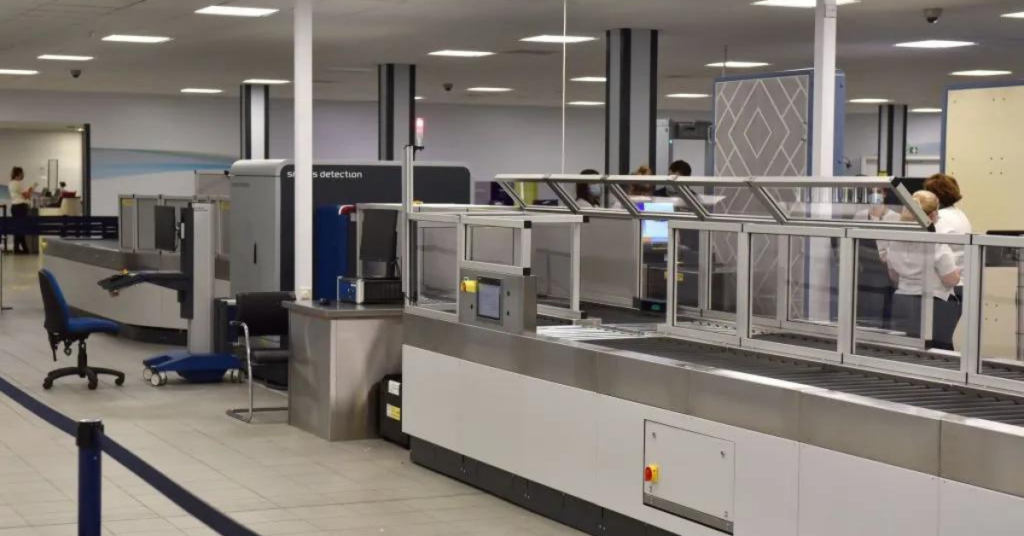EU Reintroduces 100ml Liquid Restrictions At Airports Leading To Controversy

The European Union has announced that, starting from September, the 100ml liquid restriction for carry-on baggage will be reintroduced across all airports within the bloc. This decision comes just three months after the UK reinstated the same restrictions, even at airports equipped with advanced security technology designed to phase out the rule. The move has prompted criticism from Airports Council International Europe, which warns that the reimplementation of the 100ml limit will impose “severe restrictions” and place “significant operational strain” on airport security checkpoints.
The organisation argued that the rule will reduce passenger throughput and create bottlenecks at security, especially during peak travel times. ACI Europe has also highlighted the financial and operational impact on airports that have already invested in cutting-edge security technology. Many airports have upgraded their screening systems to include Explosive Detection Systems for Cabin Baggage scanners, which work similarly to hospital CT scanners by producing 3D images of luggage contents.
These systems allow passengers to carry liquid containers larger than 100ml in their hand luggage without needing to remove them for separate screening. The technology is already in use at major hubs such as Amsterdam Schiphol and several airports in Ireland. However, starting 1st September, all liquid containers carried in hand luggage across EU airports will be limited to 100ml, regardless of the screening technology in use. Passengers will also be required to remove these containers from their bags during the scanning process.
ACI Europe has criticized the move, stating that airports that have invested in the expensive new technology are being “penalized” for their efforts. According to ACI, purchasing C3 scanners is on average eight times more expensive than conventional X-ray machines, with maintenance costs four times higher. The European Commission has justified the reintroduction of the 100ml limit as a “precautionary measure” due to a temporary technical issue, rather than a response to any new security threat.
The Commission is working with member states and the European Civil Aviation Conference to develop technical solutions that could eventually allow the restrictions to be lifted. In the UK, similar reasoning was given when the Department for Transport reimposed the 100ml limit earlier this year. The U-turn came just as a government-mandated deadline for installing upgraded scanners at UK airports was reached.
Olivier Jankovec, Director-General of ACI Europe, expressed regret over the lack of a timeline or process for lifting the 100ml restriction. He urged the European Commission and member states to develop a clear roadmap with set milestones to eventually waive the current restrictions and restore trust in the EU’s aviation security certification system. As it stands, the reintroduction of the 100ml limit is expected to impact airports, passengers, and the broader aviation industry, raising questions about the balance between security, efficiency, and technological advancement in European air travel.
What do you make of this change?
